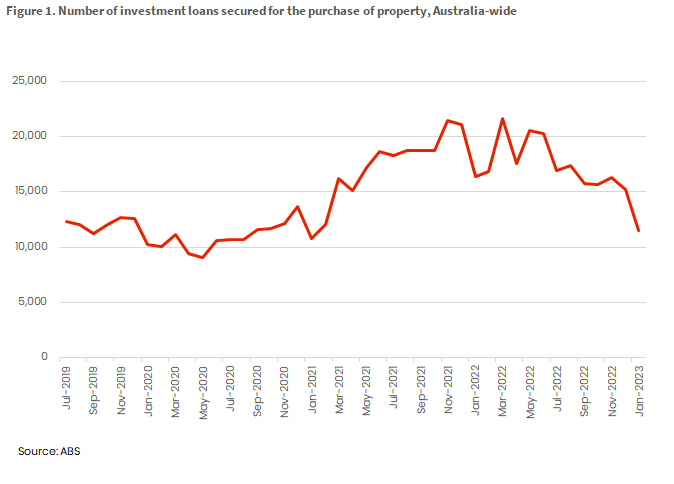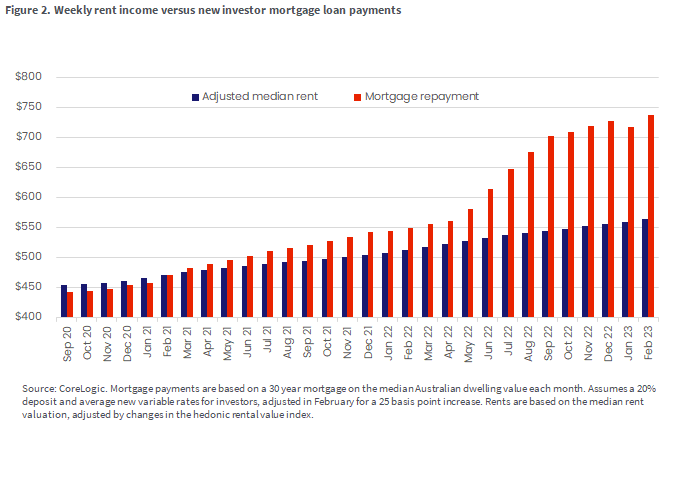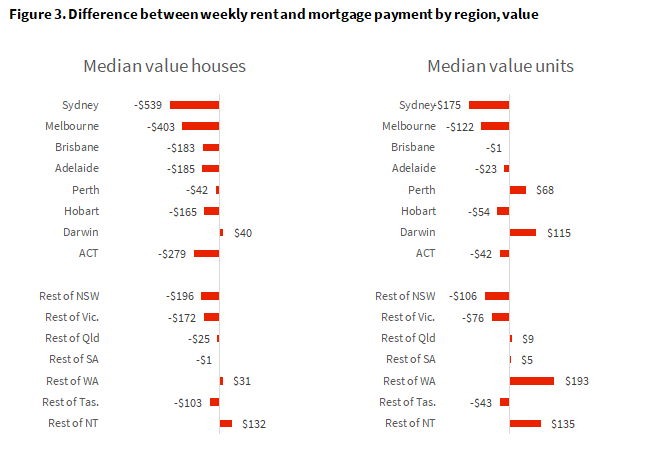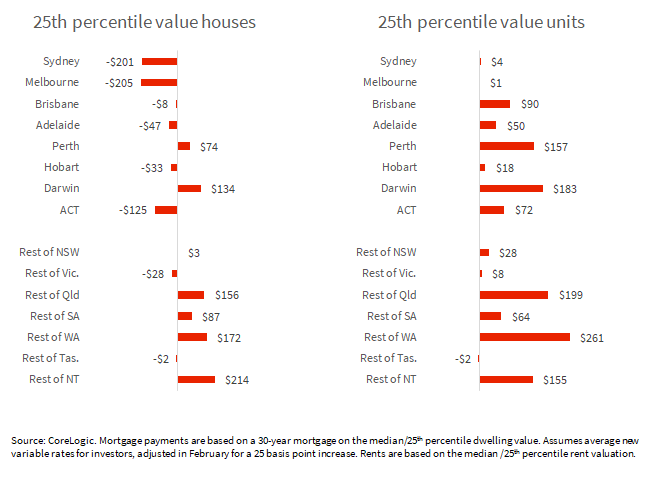
Throughout the last 12- 18 months, the construction market has grown more challenging with rising material costs and an unprecedented increase in delays, defects and deferred settlements.
An unfortunate consequence has been the rise of insolvencies across the sector.
Having access to up-to-date data to improve forecasting and time management has proved instrumental to the success of contractors and construction companies.
How can this data help businesses succeed?
1. Stay on top of market trends
Having a good understanding of the current state of the construction market, including the cost of materials, labour rates, and current project information, can help you make more informed decisions and stay ahead of the competition. This information can also help you anticipate changes in the market and adjust your strategies accordingly.
2. Improve forecasting
A clear understanding of project timelines is essential for building your pipeline. Knowing the expected start and completion dates for projects allows you to plan your workload and resources more effectively. This can help you take on the right projects at the right time, avoid scheduling conflicts, and ensure that you have the capacity to deliver projects successfully.
3. Reduce cost overruns with improved budget management
By having access to up-to-date information on material and labour costs can ensure that your quotes accurately reflect the cost of a project and reduce the risk of unexpected expenses or cost overruns. This can also help better manage your budget and help ensure the project stays on track financially.
4. Better resource planning:
Accurate forecasting also enables better resource planning and helps to ensure that the necessary resources, such as materials, equipment, and labour, are available when needed. This reduces the risk of delays and helps to ensure that the construction project is completed on time and to the required standards.
5. Improve Quality Control:
A strong oversight of project timelines and pipeline allows for better quality control by providing construction teams with the resources they need, when they need them. This reduces the possibility of errors/defects and aids in the completion of the construction project to the required standards.
6. Identify new opportunities
In a competitive construction market, it is important to stay ahead of the curve, know what your competitors are doing and where your next opportunity may lie. With access to up-to-date project data, you can identify new opportunities, build your pipeline and focus your efforts in areas where you can differentiate yourself from competitors.
Up-to-date project data and material costs are a valuable asset and can be used to your advantage to help: build your pipeline, produce more accurate quotes and improve forecasting to help keep to time and budget, even in challenging times.





PH +61 427 448 634